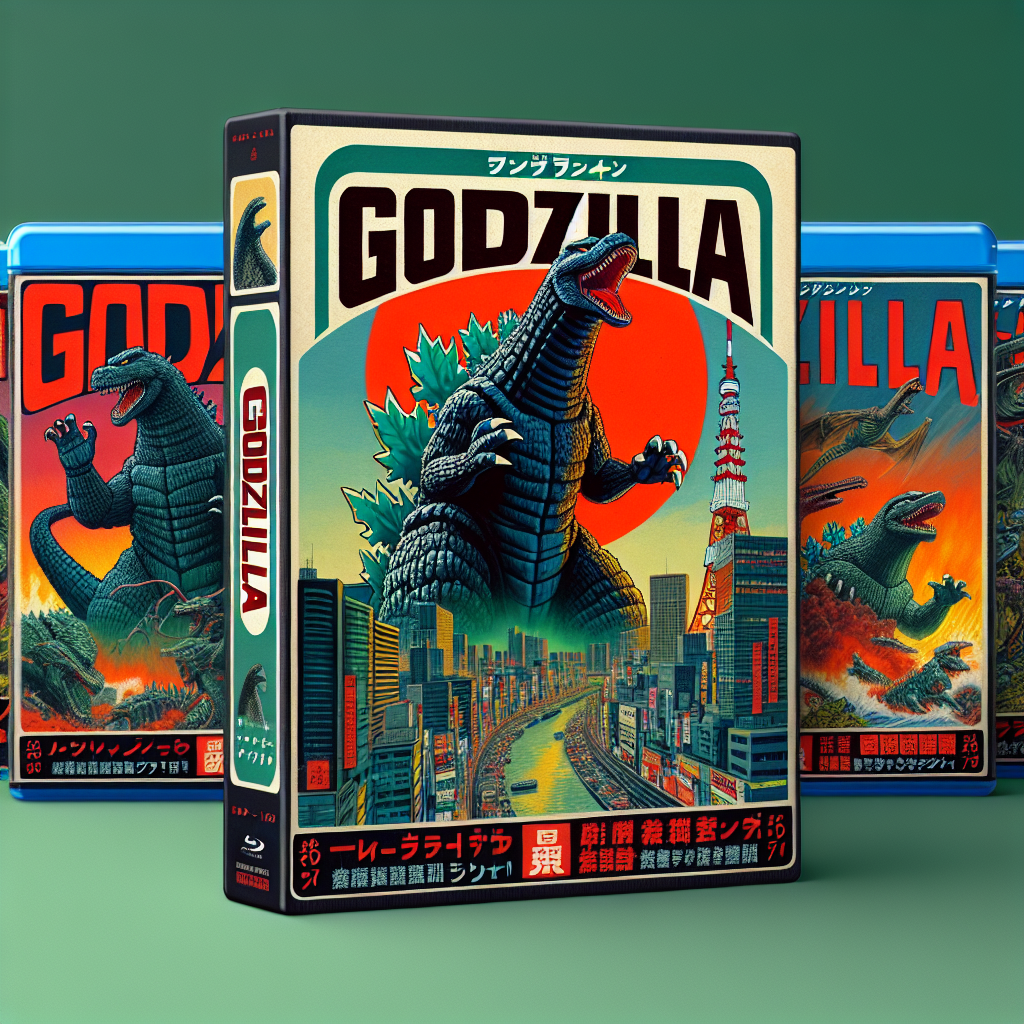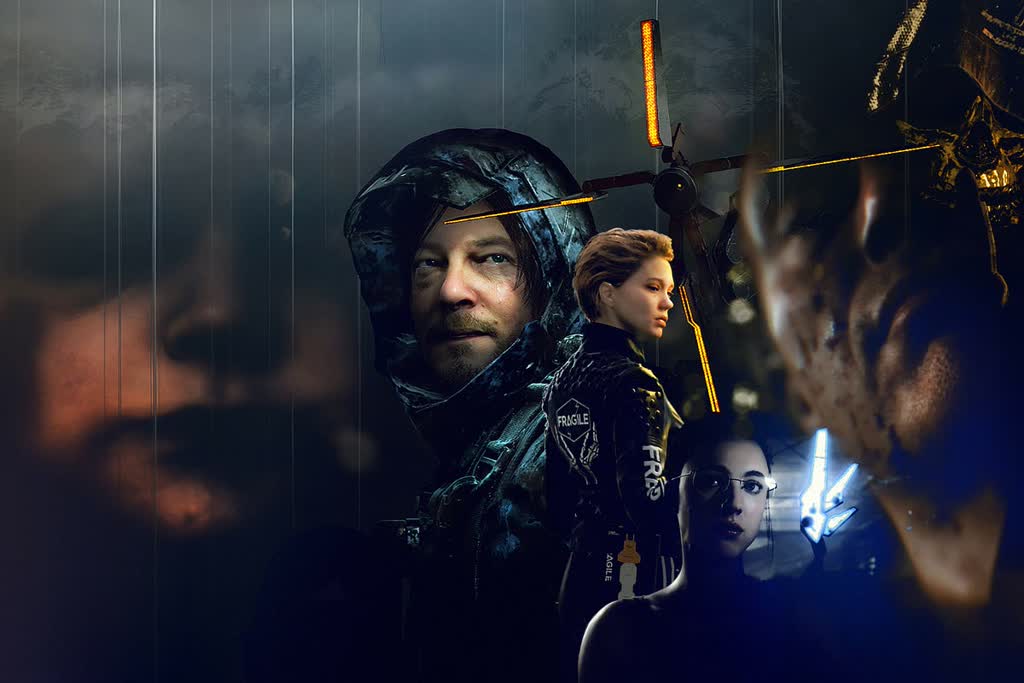The Showa Era Godzilla Films (1954–1975): A Historical Overview
The Showa era of Godzilla films, spanning from 1954 to 1975, marks the foundational period of the iconic kaiju franchise. Beginning with the original Godzilla (1954), directed by Ishirō Honda, this era established Godzilla as a symbol of nuclear devastation and a cultural icon in Japan and worldwide.
Timeline and Key Films
- Godzilla (1954): The inaugural film introduces Godzilla as a terrifying force awakened by nuclear testing, reflecting post-war anxieties.
- Godzilla Raids Again (1955): The first sequel, featuring Godzilla battling another monster, Anguirus.
- Mothra vs. Godzilla (1964): A crossover that expanded the kaiju universe.
- Ghidorah, the Three-Headed Monster (1964): Introduced King Ghidorah, Godzilla’s arch-nemesis.
- Godzilla vs. Biollante (1989): Although technically outside the Showa era, it is often discussed in relation to the series’ evolution.
Throughout the Showa era, the films transitioned from dark, allegorical narratives to more family-friendly, action-oriented stories, reflecting changing audience tastes and industry trends.
Cultural and Industry Context
The Showa era films were produced during Japan’s post-war recovery and rapid economic growth. The original Godzilla served as a metaphor for nuclear destruction, resonating deeply with audiences still grappling with the aftermath of Hiroshima and Nagasaki. Over time, the franchise adapted to include lighter tones and more fantastical elements, aligning with the rise of television and children’s entertainment.
Legacy and Influence
The Showa Godzilla films laid the groundwork for the kaiju genre and influenced countless filmmakers and media worldwide. The character of Godzilla evolved from a symbol of destruction to a protector figure, reflecting shifting cultural narratives.
Availability and Restoration
Recent efforts have focused on restoring and releasing the Showa era films in high-definition formats. Collections such as the Godzilla: The Showa Era Films 1954–1975 4K Blu-ray set have brought renewed attention to these classics, preserving their legacy for new generations.
Conclusion
The Showa era represents a critical chapter in Godzilla’s history, blending social commentary with entertainment. Its films continue to be studied and celebrated for their impact on cinema and popular culture.
Sources: Historical film records, industry analyses, and restoration project announcements.



